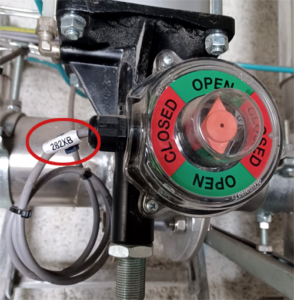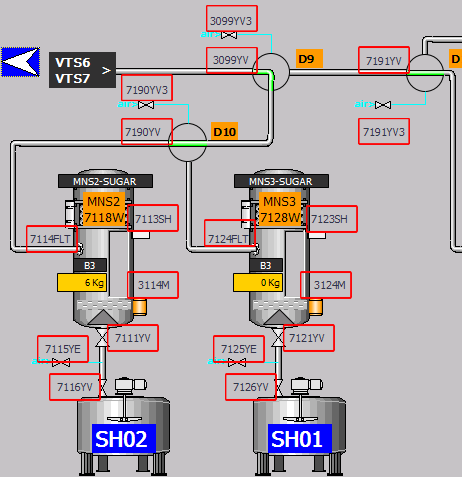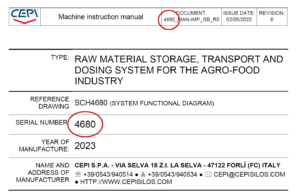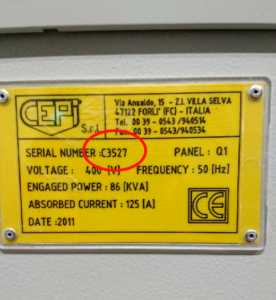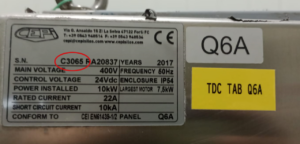During the presentation of the Blu Donna 2023 catalog we also announced an expansion of the CEPI women’s program, which will now be collected in the large METALLI NASCOSTI (hidden metals) project.
Why this name? As indicated in the small bookmarks packaged together with Cavarei, our precious partner in the area, it has to do with our sector, metalworking, and archaeology.
The DNA study of bones found in the Viking grave Bj 581 (belonging to the archaeological site of Birka in Sweden) confirmed that they belonged to a woman. For a long time, historians took for granted that it was a man, given that the presence of weapons indicated, in their opinion, the burial of a warrior. In the same way, archaeological research in recent years has debunked the myth that in prehistoric societies men hunted and women harvested crops. According to a recent study conducted by Abigail Anderson of Seattle Pacific University together with a team of international scientists, in prehistoric societies 79% of women hunted, including mothers.
In the past, in the present and in the future. Hunters, warriors, metalworkers. We have always been there, and we will always be, beyond the spaces and roles that society assigns to us. Visibility and participation have a real impact on women’s lives, and are fundamental factors in the cultural changes that accompany their emancipation, in the social, economic and political spheres, in public and private relations. In CEPI, we have decided to talk about hidden metals, celebrating the presence and contribution of women in a sector, the metalworking one, which has always been associated with the male sphere.
Metalli Nascosti (hidden metals) is the name of the our gender equality project. The BLU DONNA program, active since 2019, provides additional welfare services dedicated to female workers and aimed at improving work-life balance. Metalli Nascosti has broadened the field of action, including an analysis of the processes and planning of future activities suitable for the UNI/PDR 125 guideline on the management system for gender equality, formalizing and systematizing the procedures necessary for an effective action, in the areas of governance, HR, career management, equal pay, work-life balance, communication, strategy and company culture.




